Kiss Lurk-and-Leave Goodbye: 5 Ways to Convert Your Website Traffic
Welcome to Creator Columns, where we bring expert HubSpot Creator voices to the Blogs that inspire and help you grow better.

Welcome to Creator Columns, where we bring expert HubSpot Creator voices to the Blogs that inspire and help you grow better.
Getting traffic to your website is a smart and valuable goal, but it can’t be the end of the line. When you’ve put in the work to get people through the digital door of your business, you need to have a plan for what happens next. You have a short amount of time to make a big impression. Otherwise, your visitors might bounce away, lurking and leaving your website in the dust.
Converting your website visitors into long-term customers starts with the end in mind! What do you want to happen after a visitor lands on your site? What next steps are you pointing them to? How do you optimize their experience and capture their information so that you can stay in touch with them? Getting thoughtful about your target customer’s perspective can help you lead them to see you as their solution.
Years ago, when I was building my first website, I sat down with my mom, excited to show her what I had built. I sat and watched her navigate my website, and I started to notice places where I had gaps or where my website was unclear. I’ve since coined that experiment "the mom test," but if you haven’t sat and watched someone navigate your site to ensure it’s designed with the user in mind, here’s your invitation.
Since then, my website has transformed from a portfolio for a burgeoning wedding photographer to a hub for my digital marketing virtual course library. I went from shooting weddings around the Midwest to hosting one of the top-rated business podcasts in the world, Goal Digger. My website showcases me speaking, teaching, and creating solutions for millions of people. It’s where I wrote my very first blog post and where my NYTimes bestselling book lives. From a few clicks to millions of visitors every month, my website has gone through several dozen iterations. And through each small change or total redesign, I’ve learned what helps a website function as a powerful conversion tool for a business.
An important reminder: when a visitor lands on your website, there’s a reason they are there. They’re interested in or curious about who you are. They’re hoping you’re the answer. They’ve got a spark of inspiration from a glimpse of your work and want to see more.
You’ve accomplished the first (and often challenging) step of getting that introduction and growing your website traffic, so now you need a plan to convert those visitors into buyers, followers, subscribers, readers, and listeners. Let’s talk about five ways you can equip your website to captivate your visitors’ attention and convert them into real results for your business.
1. Get Smart with Your Pop-Up Strategy
Before you think that this strategy is ineffective or annoying, stick with me. Pop-ups aren’t just those annoying ads and auto-play videos that plague your blog scrolling. In fact, you’ve likely reconsidered a purchase or opted in for a freebie thanks to the perfect timing of a well-written pop-up.
According to BDOW’s pop-up data study, the average pop-up conversion rate is just over 3%, with some of their top-performing pop-ups averaging over 9% and the best reaching a conversion rate of over 50%! While 3% feels small, their research said that what helps a pop-up get up to that 40-50% conversion rate? Context!
The key to an effective pop-up is two-fold: subject and timing. First, make sure the subject of your pop-up is related to what your website visitor is already reading. In this example from my website, the blog post is an in-depth feature about a Goal Digger Podcast episode about growing email list subscribers.
Then when the reader goes to exit the page or search for a new topic, the pop-up displays an opportunity to join my free email list-building challenge. The subject is not only relevant to what they already spent time looking at, but it provides a solution that also means they become my email list subscriber!

That means you’ll want to be thoughtful about when your pop-ups show up on screen for your readers. Good timing depends on the subject of your pop-up! If you want to offer your visitors a discount before they shop, make sure the pop-up shows up early — before they contemplate their purchases. If you want to capture their attention before they leave your website, set the pop-up to show up when they’re scrolling away for the exit button.
Read more:
2. Design an Eye-Catching (and Helpful) Sidebar
When I was first becoming a wedding photographer, I also co-founded a Midwest wedding blog. I had been a bride planning my wedding (pre-Pinterest era) and noticed a gap in the wedding blog world and I decided to help fill it. As a blogger, I learned how valuable the real estate on your blog is.
The way that our wedding blog made any money (and it wasn’t much at the time) was through advertisers who would buy space on our sidebar. As my business and website changed, that space became a place to subtly showcase my offers without having to clutter up my website visitor’s screen.
You might’ve designed an amazing home page that spotlights all the amazing things you do, but consider how someone tends to find your website. They’re likely inbound from a link to a blog post, a freebie, a podcast episode, or your portfolio. If your website allows, You can boost user engagement by adding a curated sidebar alongside your main content. This gives you different ways to grab visitors' attention and encourage them to click.
I know a lot of the traffic to my site is leading people to my blog posts and podcast articles, so I want to give my readers a sampler platter of other interesting freebies or offers to peruse. Just as other businesses use this space to advertise for partners, this can be a space where you advertise your offers.

The sidebar I’ve crafted changes over the seasons depending on our current offers, my featured favorites, and new freebies we’ve dropped that feel like a well-rounded entry for any visitor scrolling through the site. Think about your offers like a menu — what are the chef’s favorites (i.e. you are the chef)? What are the key experiences you would want anyone to know about when they’ve stumbled across a blog post?
As a powerful side effect, a sidebar is also a quick ‘credibility check’ for your reader to catch a glimpse of what you offer, and, therefore, what you know. It’s an easy way to show off ways you’re already equipped to serve them!
3. Turn Your Dead Ends into CTAs
When traffic lands on your blog posts and other fresh website content, they scroll through, reading every word, and eventually get to the end. Are you leaving them wondering, "What happens next?" I mean, Netflix sure doesn’t let you sit in that question long before they start rolling the next episode, so why do we leave people wondering where to go? That’s a bridge you need to build for them with a smart, relevant call to action (CTA).
Having a clear next step for your visitor to take means you’re not losing them right after you’ve hooked them. They might not organically look for a search bar, click on your more discreet back-links in your blog posts, or look into your website menu to find out what else you offer. Handpick a solution for them and offer it up right at the end of your content.
I aim to keep the CTAs on my blog posts and podcast articles easy to read and easy to take action on. The reader has just scrolled through a whole article, so I want to value their time with something quick and helpful! In this blog post about how to implement Pinterest strategies in your business, I point my reader to a free, virtual Pinterest masterclass at the end to keep their learning journey moving forward.

The main idea here is no dead ends. Converting your website traffic into not only buyers and subscribers but also real long-term results means you’re looking for your website’s holes and filling them. Your visitor appreciates when you do the work for them and connect them from one helpful tool to another. You’re essentially laying the groundwork for their success by placing the next best step on the path right in front of them.
4. Simplify Your Contact Form
When one of your primary goals is to get directly connected with visitors that you want to become paying clients (i.e. book you for a photo gig, speaking opportunity, or coaching slot), you need a contact form that makes doing so a breeze. A smart, thoughtful contact form relies on simplicity and smart website placement.
Keeping your contact form simple means you’re not asking them to put in a ton of work right up front. The more fields you throw into that form (even if they’re fun ones!) the less likely someone will take the time to actually get in touch with you. Keep the verbiage inviting and warm, because you don’t want your potential client to second-guess hitting send. Set expectations if it takes you extra time to get through your inquiries or if your books are only open at certain times of the year. Use this space to remind them they’re in the right place at the right time.

Consider where your contact form is placed and featured throughout your website. If a contact form is one of the main ways you’d like people to get in touch with you, make sure it’s not missable! If it currently lives at the bottom of your home page, bring it up much higher and make it clear that you want to hear from them! If it looks buried in your website menu, highlight the link amongst your list. A smart way to use a pop-up here would be to have an opportunity to contact you when a visitor goes to leave your "work with me" page or portfolio!
5. Build a Bridge to Your Other Channels
Your website exists as a home for your brand online, but it’s probably not the only place you build connections, share your work, serve your audience, and share content. So, your website should thoughtfully connect your visitors with opportunities to see you in different forms.
While your visitors might not be ready for your biggest paid offer, you can continue to warm up that lead by inviting them to listen to your podcast. Tell them why joining your Facebook community or Private Instagram account would be valuable to them. Share a part of your story in a YouTube video and embed it on your About page to encourage people to subscribe and watch the rest of the series.

Ultimately, linking your platforms strategically doesn’t just connect them to your other channels. It keeps engaging them with your brand. Much like the "no dead ends" rule applies to your website, it needs to apply to your other platforms! According to my experience (and data), your goal needs to be to get your visitors, listeners, and readers to become email list subscribers.
Every time I teach people how to get someone "off" their website, I am talking about getting them "on" to your email list. Rather than website views, followers, or viewership dictated by an algorithm, you’ve got a direct line to your customers that you own and control with an ROI 40x that of social media. So, make sure your website and other channels continually give everyone encountering your brand multiple opportunities to join your list!
Your Ultimate Goal? Thoughtfully Capture and Convert Your Traffic
I know a website can go from simple to overwhelming when you try too many conversion strategies all at once. (Cue thinking about trying to read a recipe blog online.) So, build thoughtfully with your dream customer in mind. After all, a ‘funnel’ doesn’t work if it’s all clogged up, right?
Think of it like this: When the world (and the internet) feels like the thrumming chaos of Times Square, could your website be the peaceful, elevated experience of walking into a beautiful hotel lobby? From there, imagine your customers understanding exactly where they need to go, who to talk to, and where to get the information they’re looking for.
Your website is a space to connect them to the specific, important solutions only you can offer. But if they have to hunt for those solutions on their own, they may never find them. These five simple website strategies aim to create a more thoughtful, intentional experience so that when your customers are on your website, they feel seen. They can click on anything that piques their interest and be led on a journey that is curated and streamlined, honoring their time and attention.
Ultimately, if you want your website to serve your visitors well, it should capture their information at any chance you get. Once your traffic becomes your audience (and ideally, your email list), it’s from there that you’re able to serve them in the long term. Visitors become returners. They go from passersby to residents of your online world. From mere metrics to real, powerful results for your business.
What's Your Reaction?








![Why You Should Leverage Interactive Videos [Data from 500+ Marketers]](https://www.hubspot.com/hubfs/interactive-video-1-20250216-406926.webp)

![Which LLM Should You Use for Your Business? [Pros and Cons]](https://www.hubspot.com/hubfs/which%20llm%20to%20use.png)




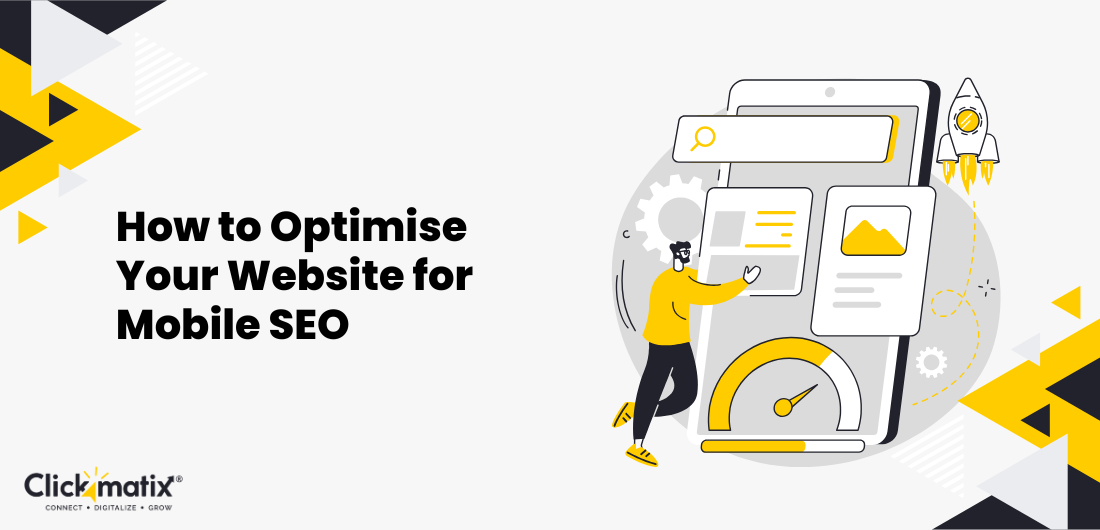
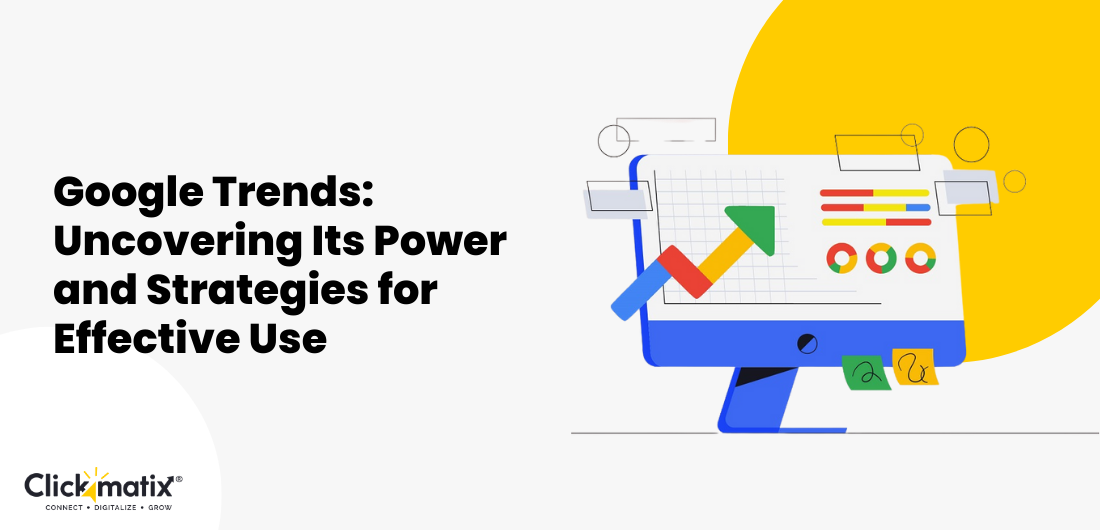
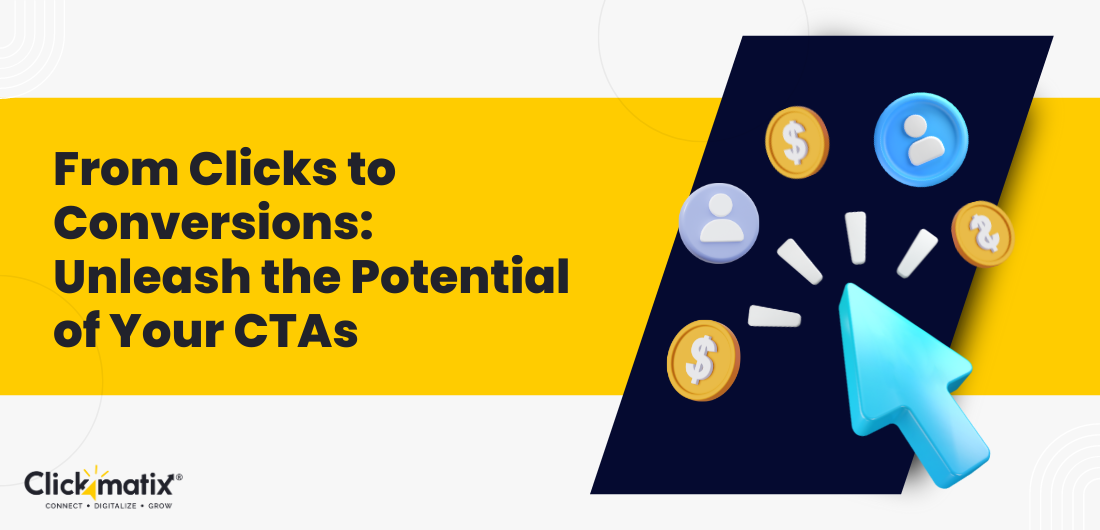
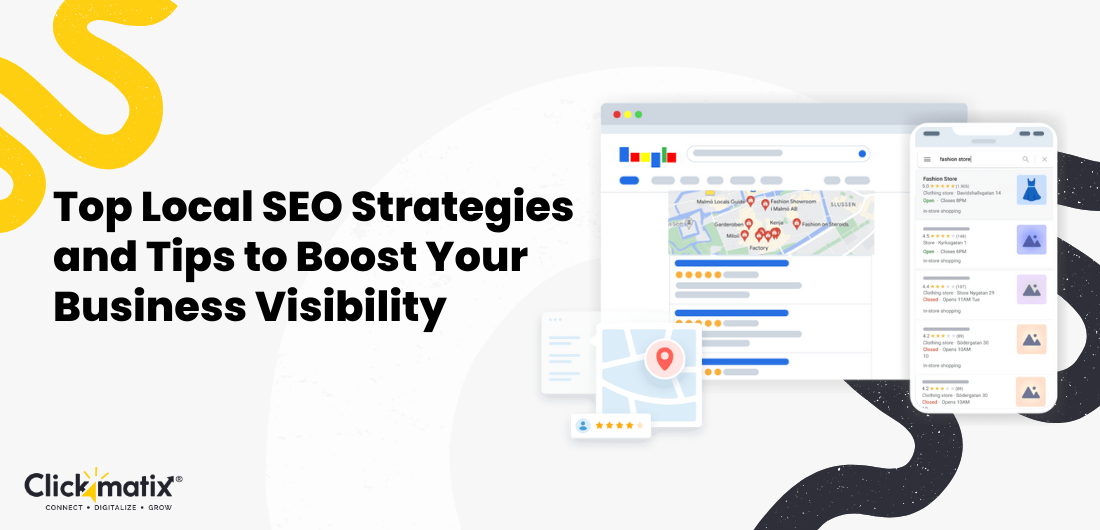


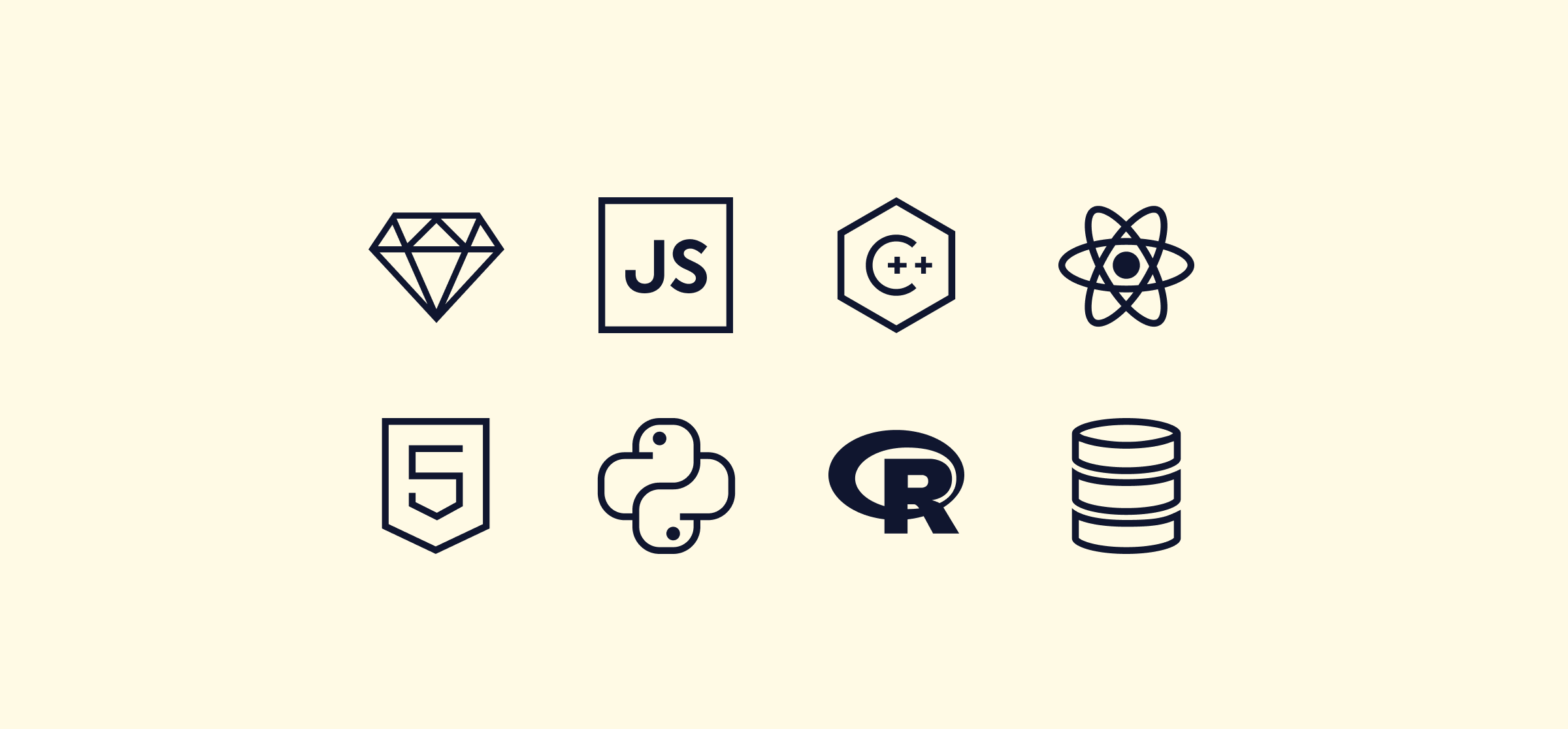
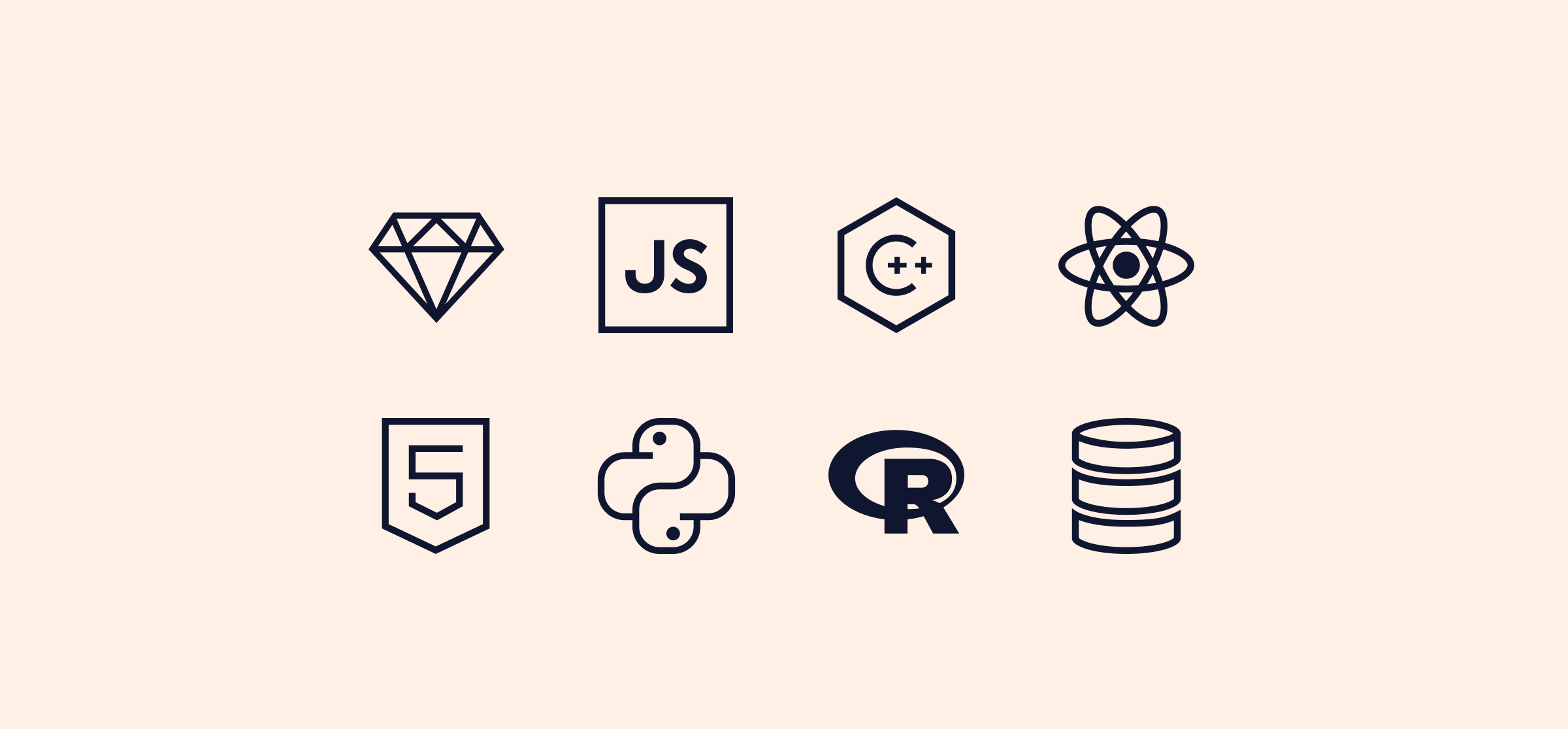
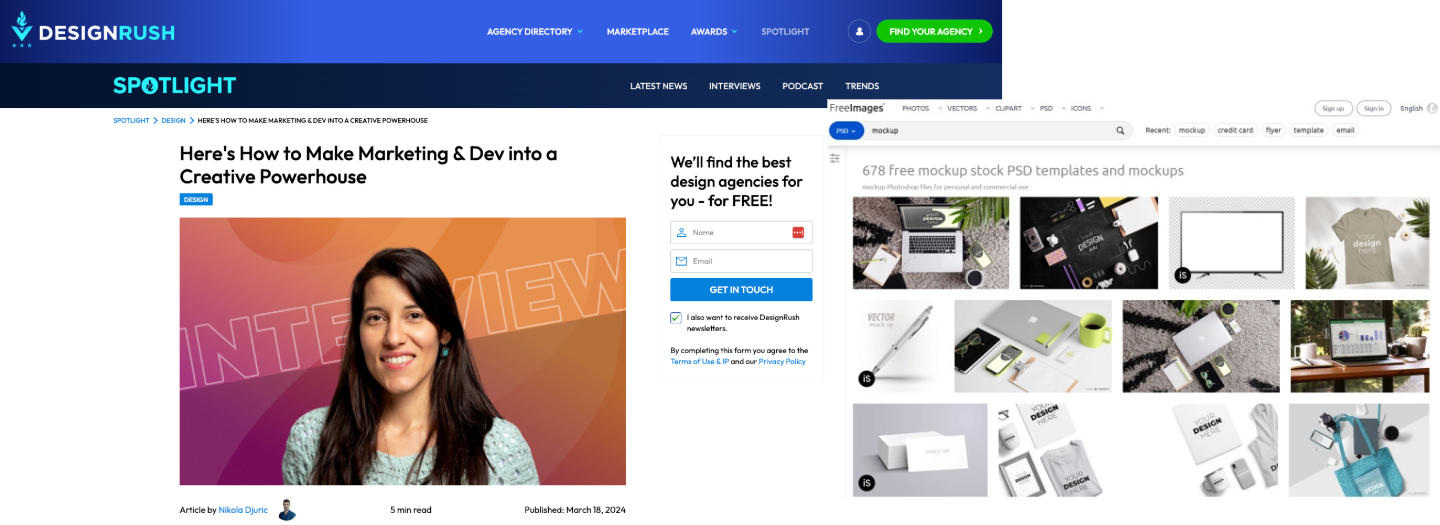

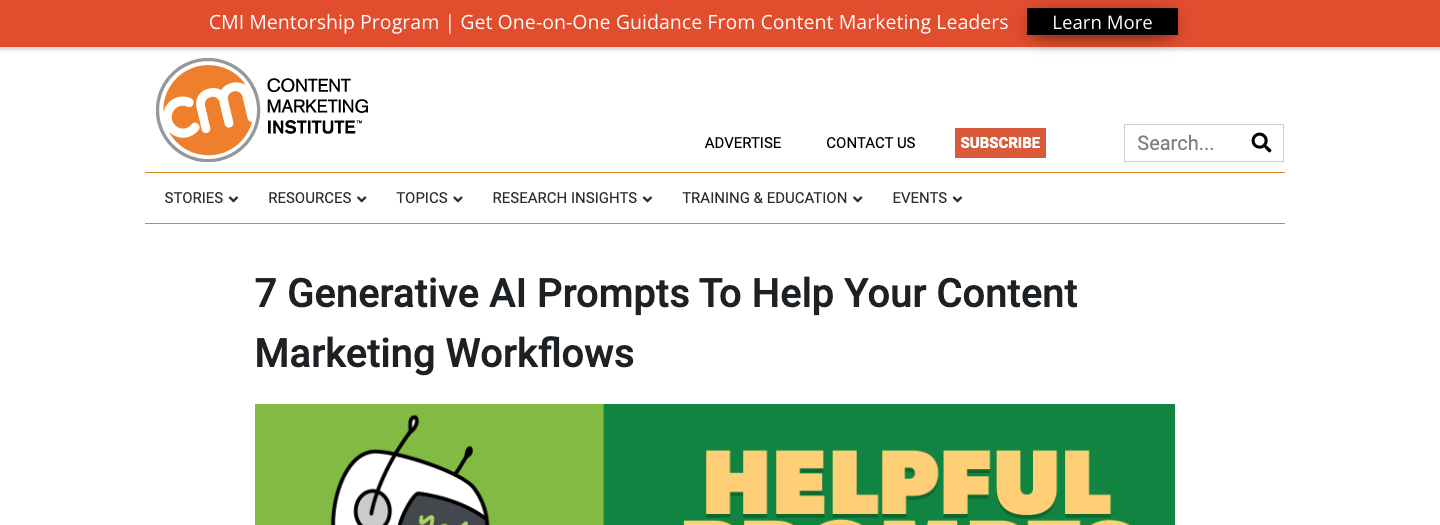
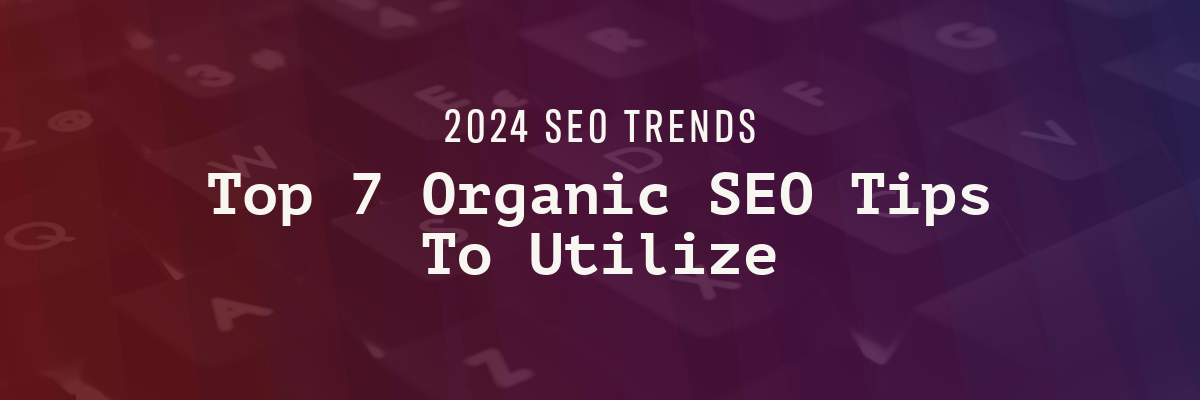












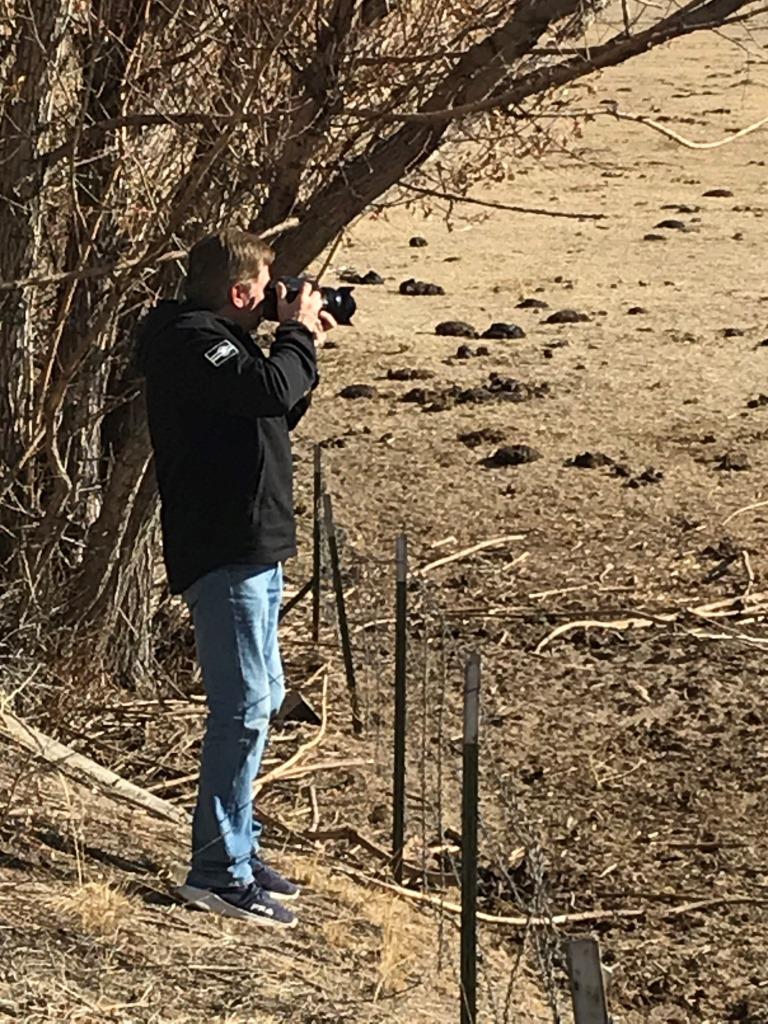

.png)



















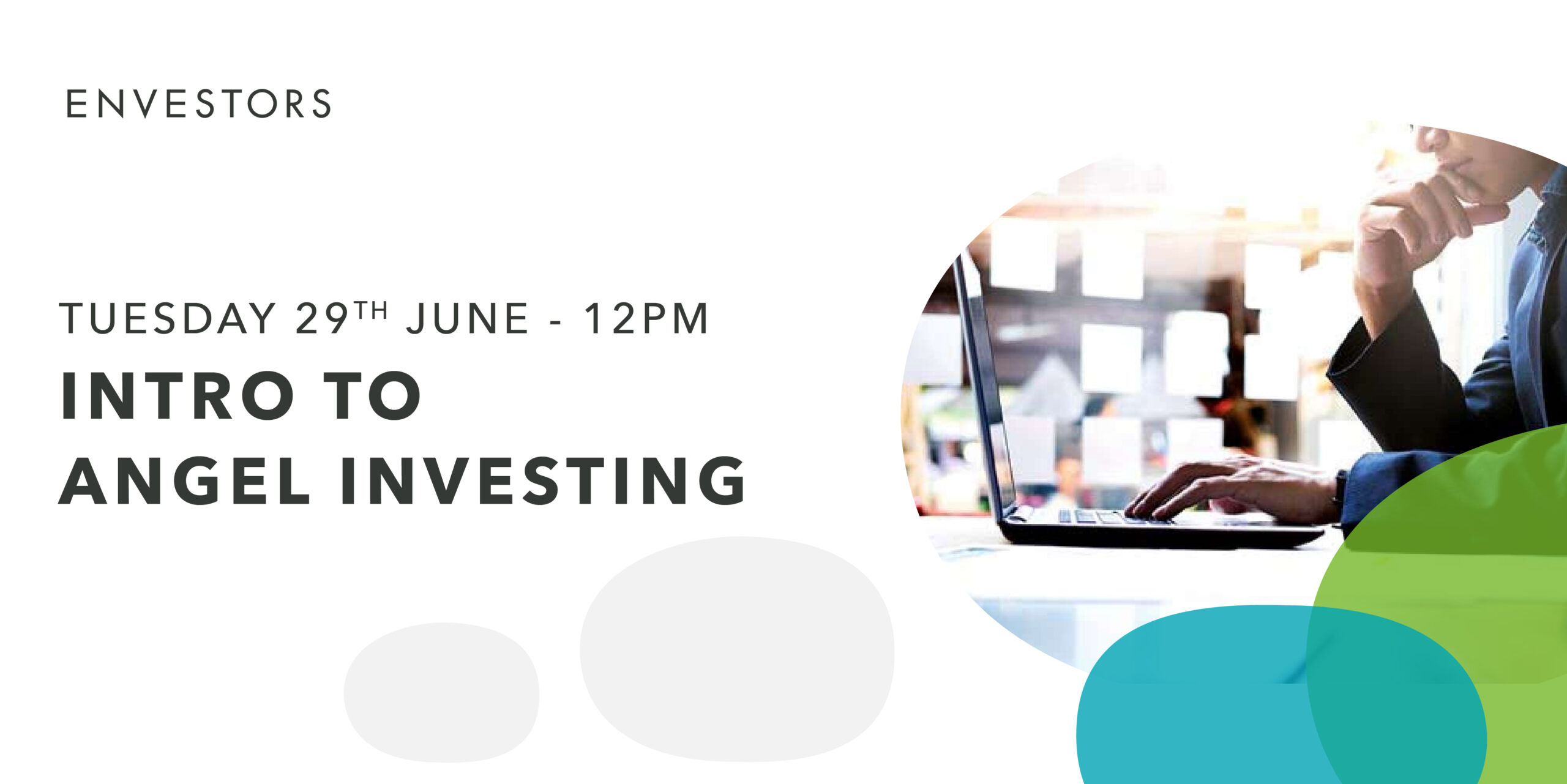


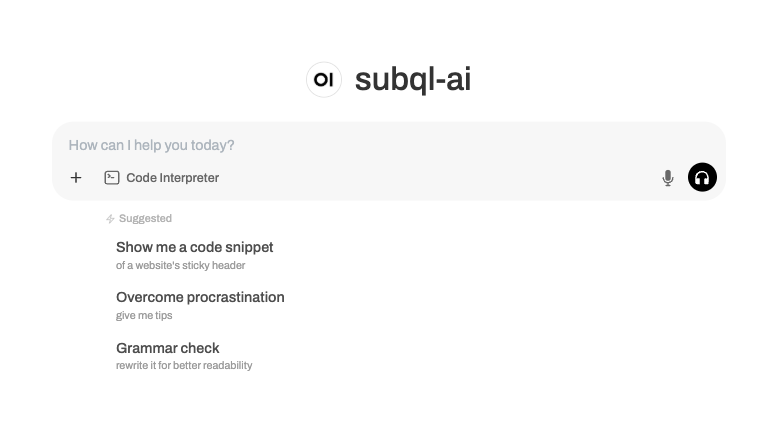
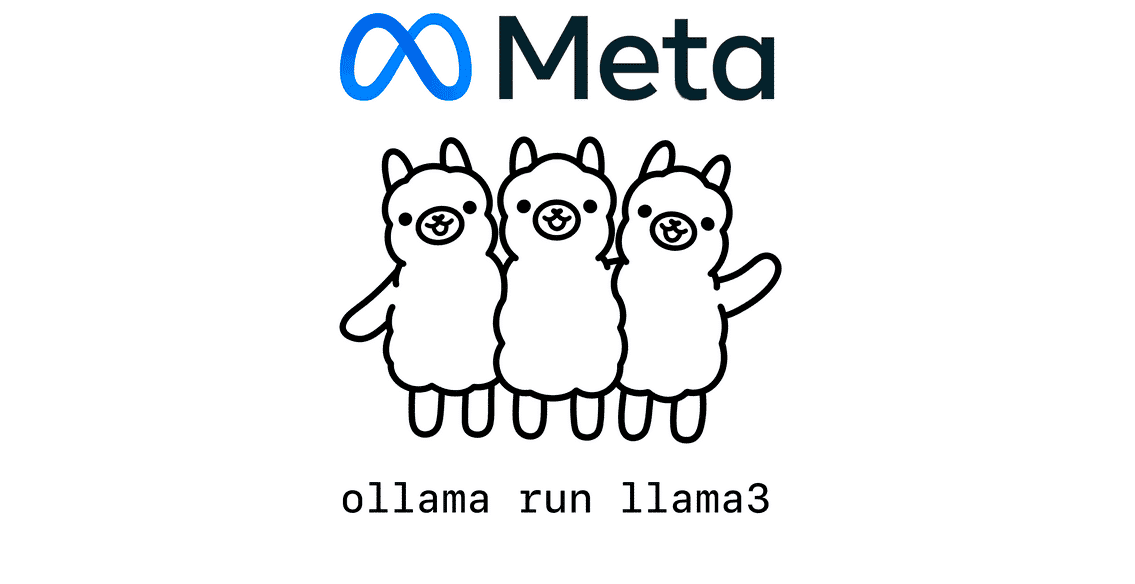

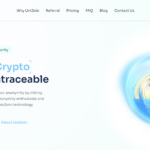




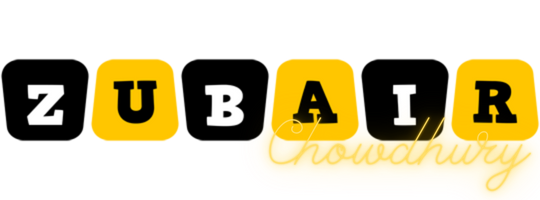

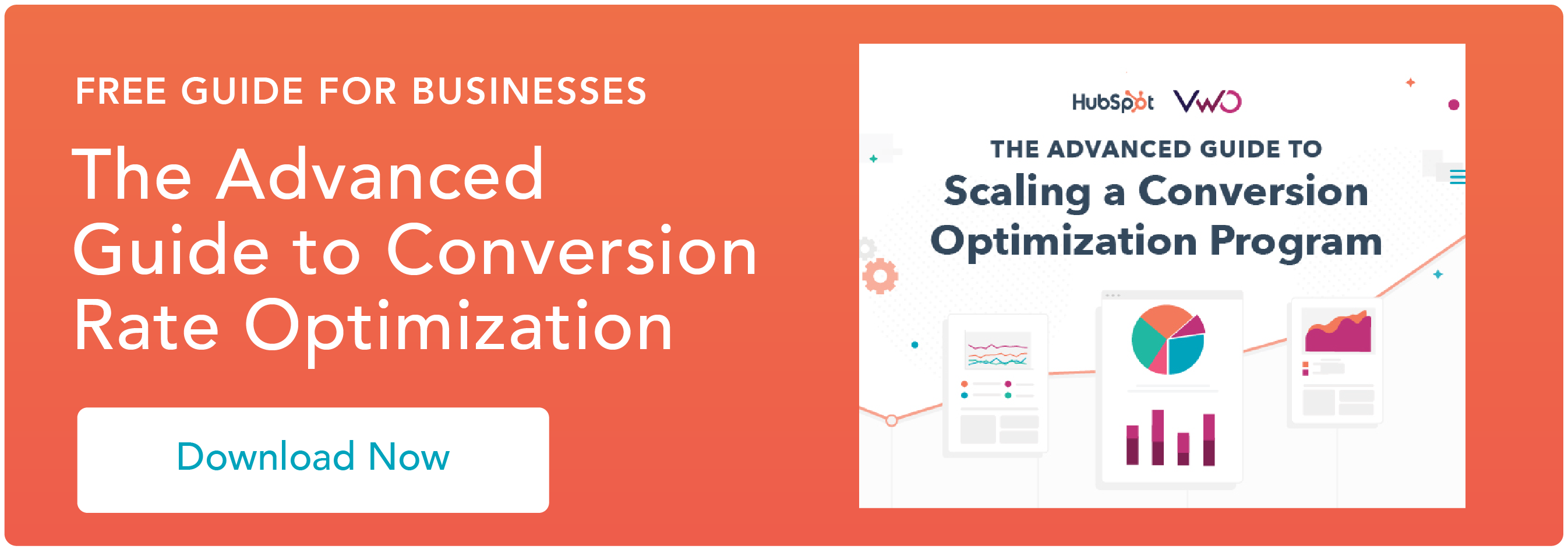


![The Future of Social Media [Research]: What Marketers Need to Know](https://blog.hubspot.com/hubfs/Future%20of%20Social%20Media.jpg#keepProtocol)
![AI in Graphic Design: The Pros, Cons and What it Means for Designers [+ Expert Insight]](https://www.hubspot.com/hubfs/Untitled%20design%20-%202024-10-15T175328.927.jpg)








